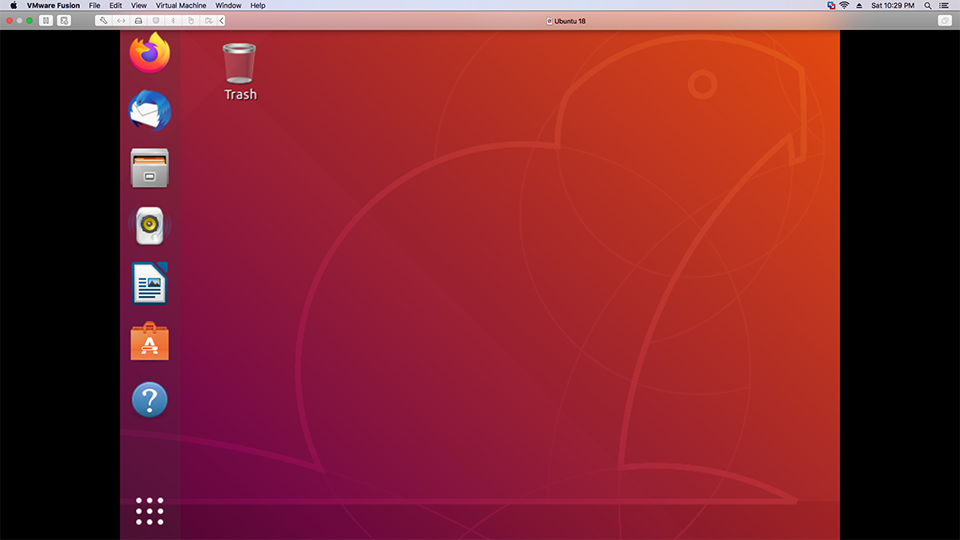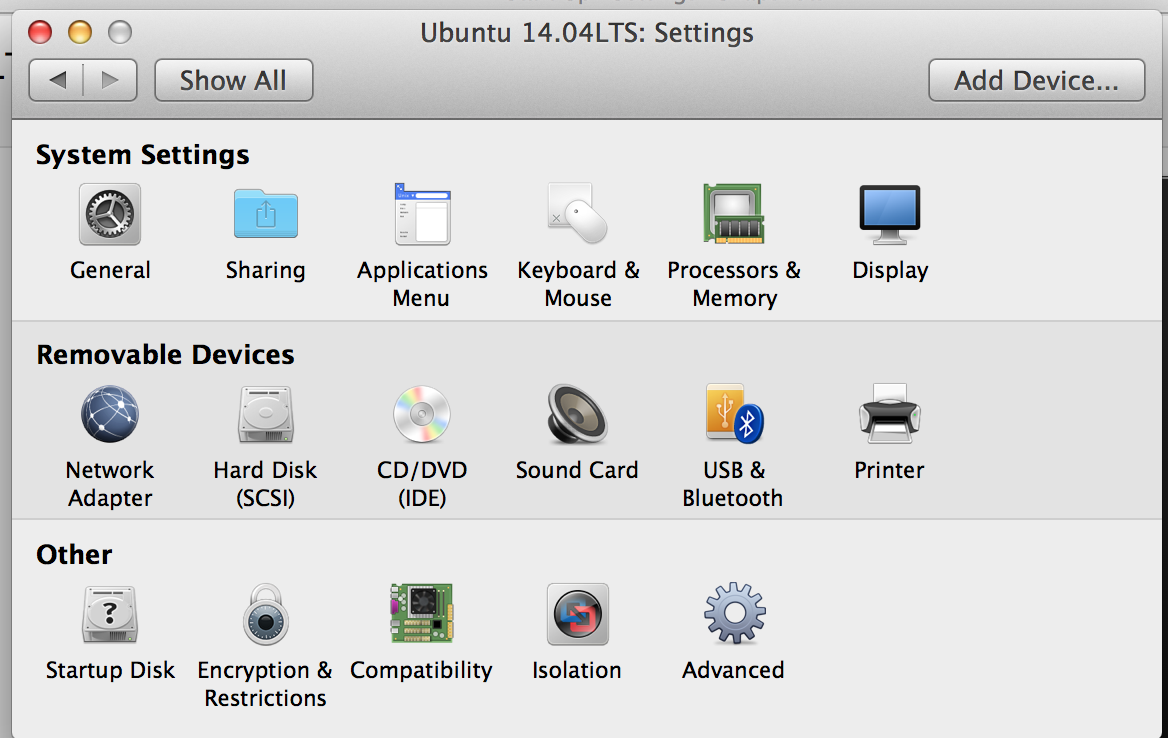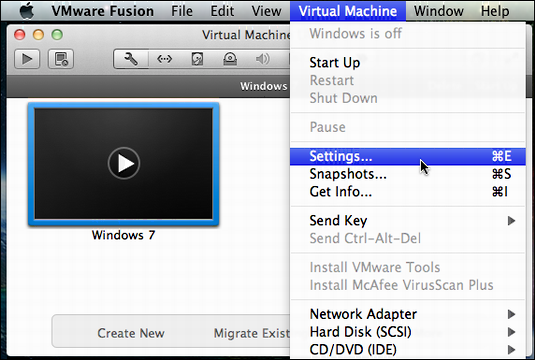

How you install or upgrade VMware Tools depends on the operating system and the source you use for the tools. Have you upgraded to VMware Fusion 7? If so, was it seamless - or did you run into difficulties? If you haven’t upgraded yet, what’s stopping you? Let us know in the discussion thread below.Installing VMware Tools is part of the process of creating a new virtual machine, and upgrading VMware Tools is part of the process of keeping your virtual machine up to current standards. When it comes to running VMs, that’s the ultimate goal. Best of all, my meticulously configured Windows 8.1 Professional installation, previously loaded within Fusion 6, works as reliably as before with no issues. In addition to VMware Fusion 7 opening faster, Windows loads faster too. Visit the website to find out more information about VMware hardware versions. New hardware versions provide a myriad range of new capabilities, including improved 3D graphics performance improvements. VMware Fusion 7 recommended upgrading to hardware version 11, which I did by going to Virtual Machine | Settings | Compatibility and clicking the Upgrade button. My Windows 8.1 Professional VM was using hardware version 10. The software automatically loaded my existing Windows 8.1 Professional VM. Enter the VMware Fusion 7 key you received.



When the initial installation process is complete, the VMware Fusion registration screen appears. VMware Fusion 7 will then install and initialize. Next, you’ll be prompted to enter a username/password possessing administrative rights. Double-click the VMware Fusion icon that appears to install the application (you’ll need to confirm the application downloaded from the internet is valid and you wish to install by clicking the provided Open button). Once the download completes, double-click the.
#Vmware fusion upgrade license key#
Begin by purchasing a license key from VMware’s website. Upgrading from Fusion 6 to Fusion 7 is a painless process. The platform works with any Intel-powered Mac possessing a 64-bit Intel Core 2 Duo, Xeon, Core i3, Core i5, Core i7 or better CPU, OS X 10.8 or later, 2 GB of RAM (although I recommend a minimum of 4 GB), and 750 MB of free disk space (although I recommend 25 GB if you’re going to load Windows and plan to actually load applications and data within the VM). Users of Fusion 5.x, 5.x Pro, 6.x, and 6.x Pro should explore upgrading, especially as the upgrade license costs only $49.99 (USD).įusion 7’s hardware requirements prove reasonable. In addition to matching Yosemite’s refreshed, cleaner interface, VMware Fusion 7 introduces speed improvements, a revised hardware support platform (version 11), and enhanced graphics support and performance. Fortunately, VMware had an upgrade of its own ready: Fusion 7. I was particularly concerned that a meticulously configured Windows 8.1 Professional VMware Fusion virtual machine (VM) might prove incompatible or suffer performance glitches as a result of the upgrade. Last month, realizing the OS X Yosemite upgrade was coming, I began worrying how well existing software on my Mac would work with the new release.
#Vmware fusion upgrade how to#
Erik Eckel explains how to update a VMWare Fusion 6 virtual machine possessing a preexisting Windows installation to version 7.


 0 kommentar(er)
0 kommentar(er)
